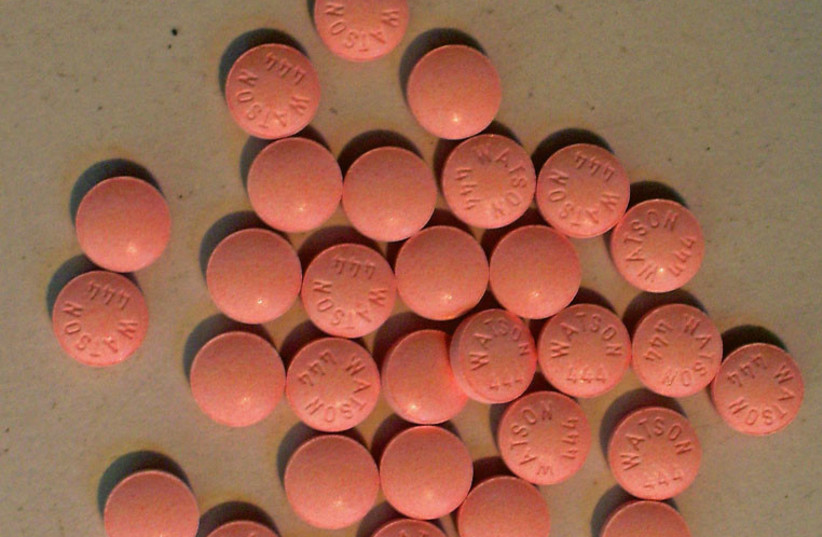A 50-year-old blood pressure drug called clonidine may be used to treat the effects of post-traumatic stress disorder (PTSD), according to a new study.
The findings of the peer-reviewed study, which was published in the journal Molecular Psychiatry on Thursday, could help treat people who were diagnosed with PTSD due to the COVID-19 pandemic, wars and other violence.
Clonidine, typically used to treat ADHD and high blood pressure, affects the brain's adrenergic receptors, which are associated with the fight-or-flight response. Adrenergic receptors are believed to be activated in cases of PTSD.
Issue with previous research
Previous studies showed conflicting results, but those studies also included guanfacine, which has been shown to be ineffective in treating PTSD.
One of the researchers, Qin Wang, a neuropharmacologist and the director of the Program for Alzheimer’s Therapeutics Discovery at the Medical College of Georgia at Augusta University, said that the team found evidence that although clonidine and guanfacine bind to the same receptors, they perform different functions. Therefore, the researchers decided to take another look at clonidine.

“Our study indicates that modulation of dendritic spine morphology may represent an effective strategy for the development of new pharmacotherapies for PTSD.”
Researchers
The researchers recommended that large-scale trials of the drug's use in PTSD treatment be conducted.
In the hippocampus of lab mice, the researchers found that a novel axis on ɑ2A, an adrenergic receptor, plays a key role in maintaining memories of fear associated with a certain place or situation, which is common in PTSD.
Within the axis, the researchers found that a protein called spinophilin interacts with cofilin. Cofilin controls protrusions on neuron synapses called dendritic spines, which store memories.
One neuron can have hundreds of dendritic spines that change shape based on brain activity. These changes, in turn, affect the strength of the synapse, the point between two neurons where they exchange information.
“Normally whenever there is a stimulation, good or bad, in order to memorize it, you have to go through a process in which the spines store the information and get bigger,” said Wang, forming a mushroom-like shape.
“The mushroom spine is very important for your memory formation,” Wang added. “For these mushroom shapes to happen, levels of cofilin must be significantly reduced in the synapse where the spines reside. That is where clonidine comes in.
In the study, the team found that clonidine interferes with the exit of cofilin by stimulating its interaction with the receptor, which affects the capability of the dendritic spine to form a mushroom shape and hold on to the traumatic memory.
“Our study indicates that modulation of dendritic spine morphology may represent an effective strategy for the development of new pharmacotherapies for PTSD,” the researchers added.
